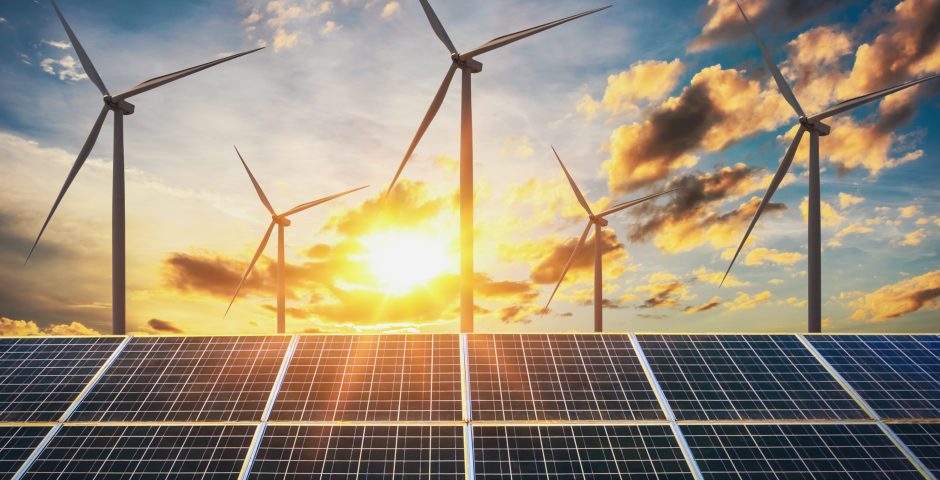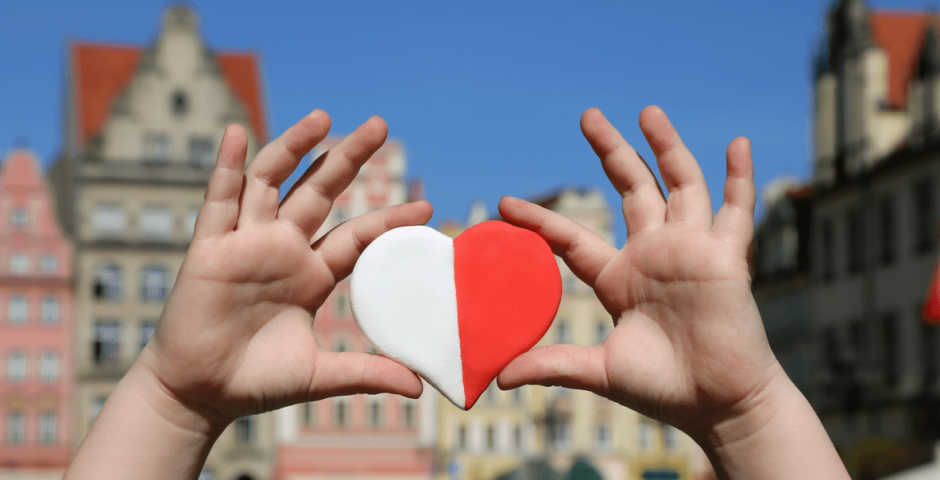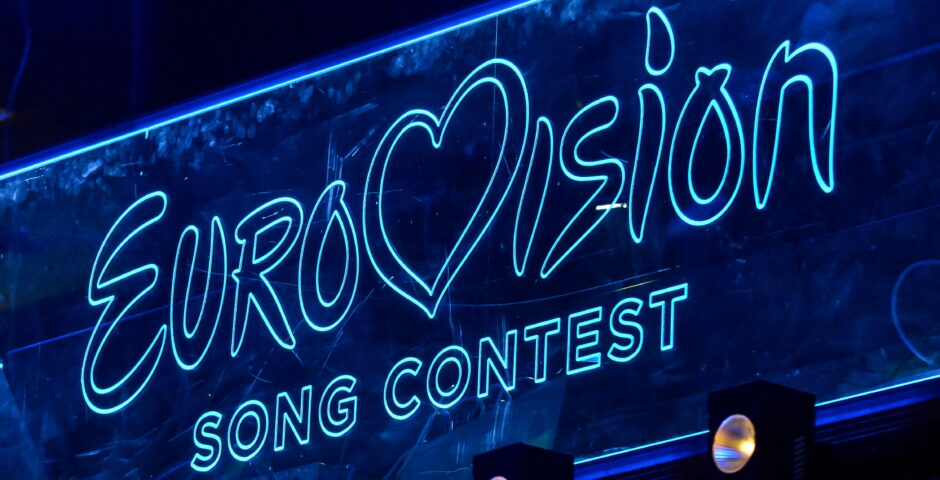The Green Deal’s Opportunities for Recovery

What we can learn from America’s New Deal.
Europe’s Green Deal has the ambition of making Europe the first climate neutral continent by 2050. European Commission President Von der Leyen means business, she even referred to the Green Deal as Europe’s moon landing moment.
If Europe would manage to become emission free by 2050, that would indeed be a gigantic leap for mankind. Putting humans on the moon was not a strict necessity, but triggered people’s imagination world wide. Keeping the planet habitable on the other hand is an existential task, and merits at least as much admiration and commitment.
As the economic impact of Covid-19 is unfolding, and with a recession in sight, the question arises whether now is a good moment to have so much green ambition. But besides the urgent need to keep our planet liveable, there are exciting opportunities – especially now – for Europe that go beyond getting rid of fossil fuel.
This is why the European Commission is set to put the Green Deal central to their economic recovery plans for the EU. This green recovery is likely to focus on jobs in areas with high visibility, such as renovation and clean water, air and landscape.
We can learn from the innovation that was brought about by American President Roosevelt’s New Deal to lead the US out of the Great Depression of the 1930s, and even by the moon landing itself. Let’s compare the Green Deal to the original New Deal, and find similar opportunities for economic recovery and innovation.
Disruptive
The Green Deal is a package of around fifty actions that aim to transition the European energy sector to renewable sources, and to work towards efficient use of energy. This includes the support of public recharging points for electric cars, a strategy on offshore wind and a “renovation wave” for the building sector. Coal will be phased out and gas will be decarbonised.
The plans can be expected to be highly disruptive, especially for regions with a heavy coal industry. To mitigate the challenges, the Commission proposes a “Just Transition Mechanism”, with a budget of 100 billion euro for the next seven years. This is part of a package of 1.000 billion euro of green investments for the next ten years, labelled as the Sustainable Europe Investment Plan.
Even though the EU does not account for as much carbon emissions as the US or China, the idea is that Europe can make a difference by showing leadership on climate neutrality. If the EU succeeds, other regions will see that prosperity can, in fact, be paired with sustainability, and will follow Europe’s example.
By 2050, Europe’s carbon free economy should have reduced the costs of green technologies, which will facilitate the transition in other regions of the world. A carbon border tax for “dirty” non EU-products will incentivize green thinking outside the continent even further.
The approach taken by the Commission is similar to how the single market was created in over sixty years: step by step, one piece of legislation at a time. However, the green transition has to be completed by 2050, which is half the time that Europe took for the internal market. But the number of revisions and new pieces of law already announced by the Commission do seem to reflect the urgency and priority of this immense project.
New Deal
Besides NASA’s moon landing, Von der Leyen’s reference to a “Green Deal” points to another big moment in American history: the New Deal of the 1930s. President Roosevelt’s New Deal revolved around the three R’s of Relief, Recovery and Reform, as a response to the Great Depression. This was done, among others, through big public works such as dams, schools and stadiums.
In order to revive the crashed mortgage and housing market, the US government set up programmes funded with private investments. The risks of those investments were mitigated by the state through financial guarantees. The US Reconstruction Finance Corporation (RFC) attracted loans from the private sector through government guarantees and purposefully channeled loans back into the economy.
The mortgage and housing programme is estimated to have put 750.000 people back to work. The RFC also invested in electricity infrastructure in rural areas by providing loans to rural cooperatives that wanted to electrify their region. As soon as the rural population had access to electricity, they started to buy electrical appliances which further stimulated the economy.
The US prepared for the Second World War – to name another example of a massive collective effort – by an investment scheme in the emerging field of aerospace. The RFC provided loans to manufacturers, who could build war planes which were pursued by the government. Through this approach, the government didn’t need to build their fighter jets themselves.
This approach transformed the American economy for a future beyond the war. After WWII, the manufacturers were able to continue to sell their planes to private carriers, and the economy continued to grow fast. This way, different RFC investments in cutting edge technologie developed into self sustaining companies which contributed to a booming economy.
Green technologies
New Deal parallels can be drawn with Europe’s Green Deal. As mentioned, the Sustainable Europe Investment Plan consists of around a thousand billion euro of investments into the green transition. Most of the announced investments are actually a regrouping of existing funds. Only 7,5 billion euro is actually newly allocated money.
Whereas European leaders are still debating how to finance the economic recovery plans, a central role has already been designated to the little known European Investment Bank (EIB) for the Green Deal specifically. The EIB has traditionally funded financially low risk infrastructural projects, such as the Channel tunnel, Warsaw Airport and the Vasco da Gama bridge near Lisbon.
As the RFC did in the US, the European Investment bank attracts funding from private investors. The EIB’s activities are financially guaranteed by the Member States. The bank’s triple A status gives investors further confidence that they will see a return on their investment.
The EIB makes a profit of around 2 billion euro annually, but is said to mainly make safe bets. The bank is therefore not likely to fund high risk, high reward innovative projects. This means that opportunities could be missed to explore new technologies that might just make the difference for the green transition and Europe’s future technological landscape.
However, it could be that the EIB’s investments in innovative energy carriers such as large-scale hydrogen and battery development projects will become success stories of the energy transition.
For instance, by further developing these technologies, Europe could work to have planes fly on green stored energy, likely starting with hybrid planes as happened with the electric car. As long as the energy stored in hydrogen or batteries comes from green resources, climate neutral flying could become a reality.
Beyond these existing investments, Europe needs to look out for new innovations that are yet to be discovered or further developed. To allow that to happen, it would be wise for the EU to sufficiently invest in fundamental green research and experimental projects.
Man on the moon
Inspiration could be taken as well from NASA’s work to achieve the moon landing. Besides the achievement itself, much of technology we use today originated from the drive to put human beings on the moon.
Examples are technologies behind weather forecasting, GPS and even smartphones. Similarly, creatively working towards a climate neutral continent by 2050 could deliver many side successes, creating new jobs and prosperity. It’s better to build the new economy now, then to rebuild the old one, just to transform it again.
If Europe manages to recover in a green way, it will not just have done its part to limit global warming, its transformed economy will be future proof and ready to take on the world.




